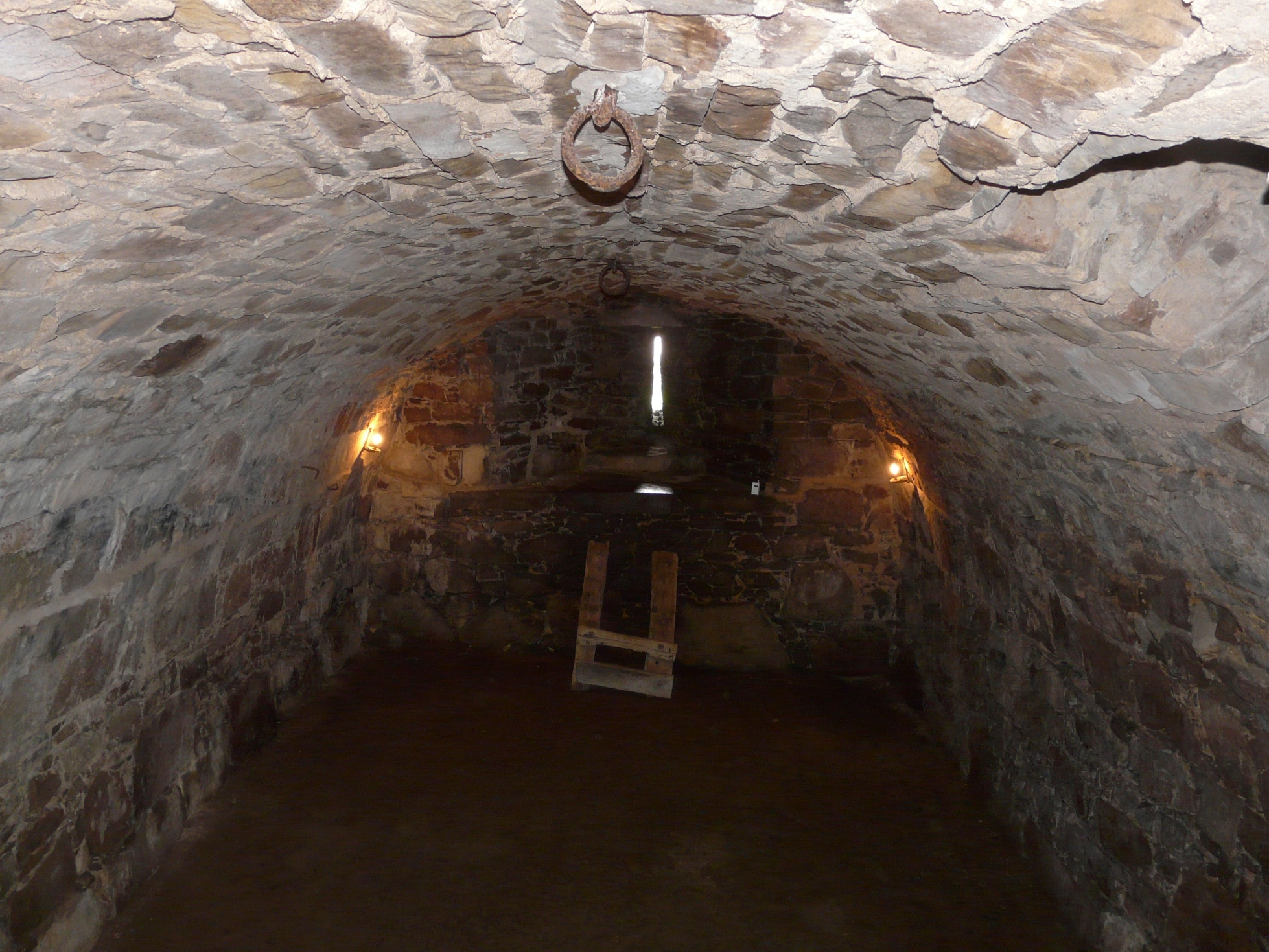Restoration work to a 700-year-old castle in Aberdeenshire has shed light on the habits of those living in its very own bat cave.
The courtyard at Drum Castle, in Drumoak, was resurfaced during the winter when its resident bat population was in hibernation.
The castle is home to a large number of pipistrelles, who nest within the cracks of the tower’s cellar.
Rangers from National Trust for Scotland and Scottish Natural Heritage seized upon the opportunity of the building work to study how noise affected the bats during their hibernation.
Trust ranger, Toni Watt, said the bats were “mysterious creatures” adding she was “amazed” by the discoveries the ranger team had made in the recent months.
She added: “We wanted to see if the work disturbed the bats in any way. Very little is known about how much disturbance bats can tolerate while they are hibernating.”
They started monitoring the bats in Autumn last year, counting them and using chalk to chart movements to see if the noise agitated the mammals or affected their behaviour.
Ms Watt added: “Amazingly, considering the noise and vibrations produced by the heavy machinery, the bats were not disturbed and numbers of bats in the hibernaculum slowly grew into winter and have only now started to dwindle as we move into spring.”
The cellar will be open to the public for the summer months.
